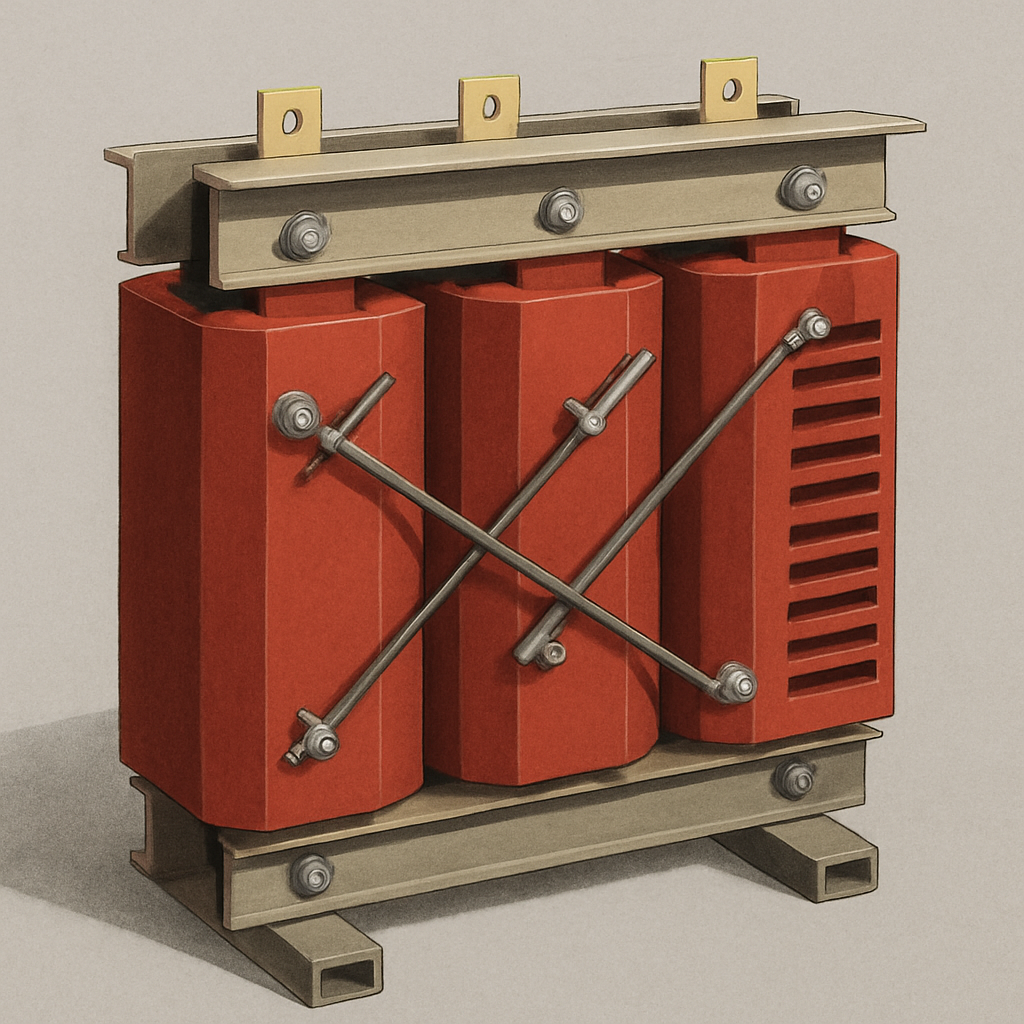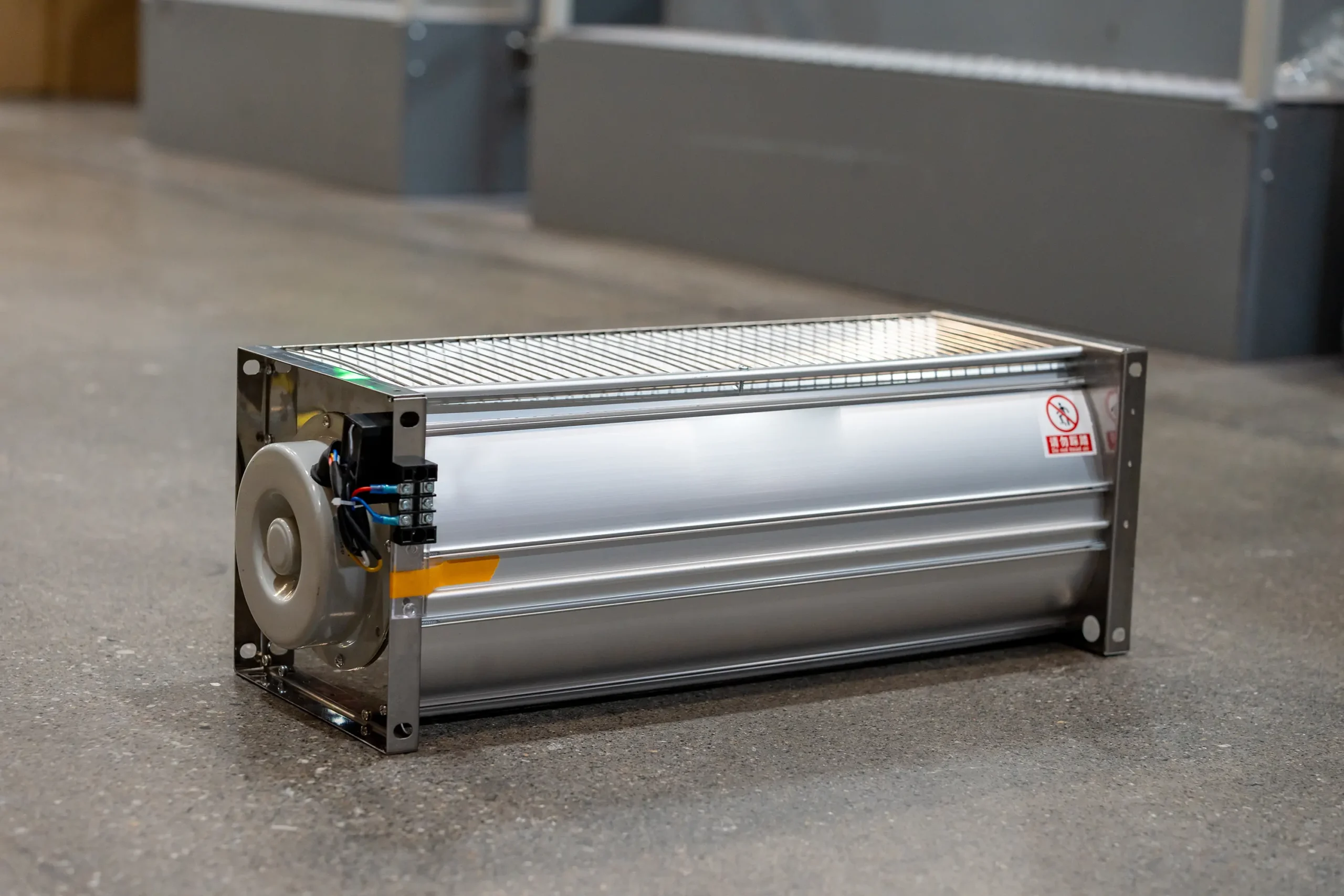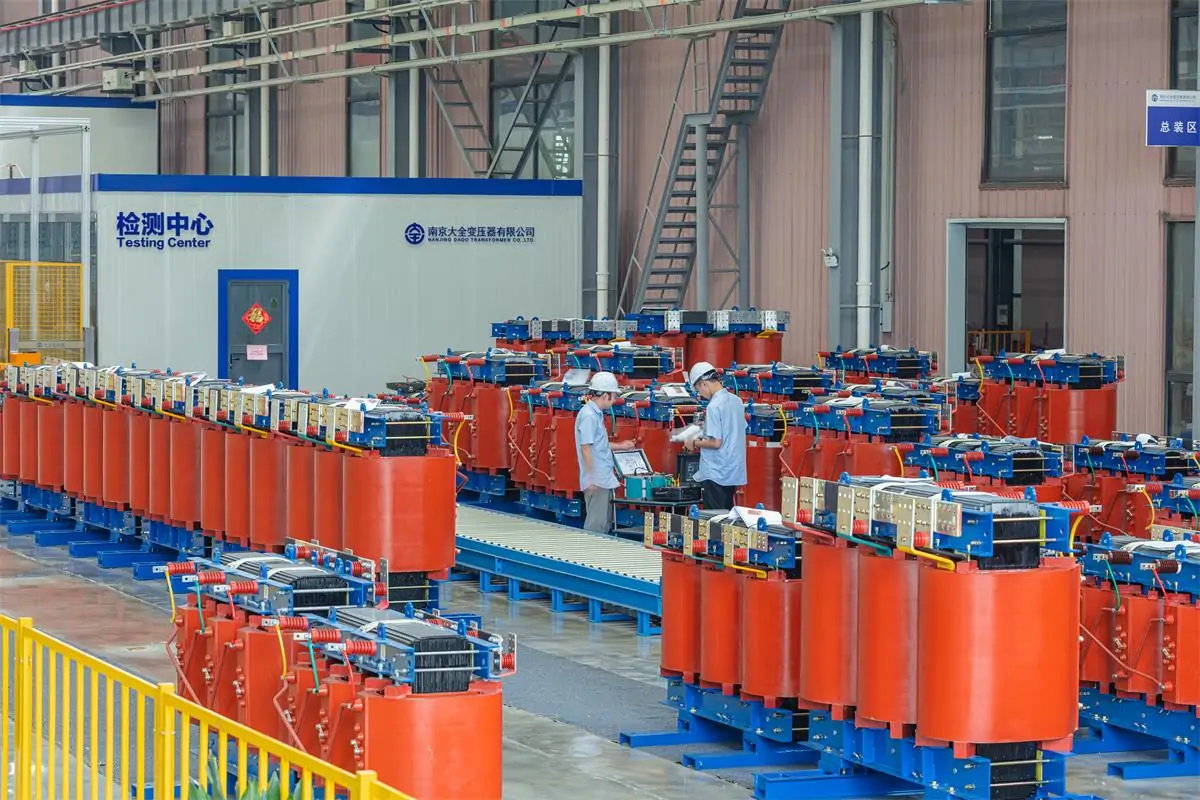Dry-type transformers are crucial components in electrical systems, providing safe and efficient power distribution in various settings. Unlike oil-filled transformers, dry-type transformers use air as a cooling medium, making them safer for indoor installations. To ensure their optimal performance and longevity, regular maintenance is vital. This article will provide a comprehensive checklist for maintaining dry-type transformers, focusing on inspection, operation, and safety.
Before diving into the maintenance checklist, it’s essential to understand what dry-type transformers are and how they function. These transformers are designed to operate without oil, using air to cool their windings and core. They are commonly used in commercial, industrial, and residential applications due to their safety and environmental benefits.
Key Features of Dry Type Transformers
- Safety: They pose a lower fire risk since they do not use flammable oils.
- Eco-Friendly: With no oil, there’s no risk of oil leaks contaminating the environment.
- Low Maintenance: Generally requires less maintenance than oil-filled transformers.
- Durability: Designed to withstand harsh environmental conditions.
The Importance of Routine Inspections
Routine inspections are critical for ensuring the safe and efficient operation of dry-type transformers. Regular checks can help identify potential issues before they lead to costly repairs or downtime.
Benefits of Regular Inspections
- Preventive Maintenance: Early detection of issues can prevent major failures.
- Improved Safety: Ensures that the transformer operates safely and within its design parameters.
- Extended Lifespan: Proper maintenance can prolong the life of the transformer.
- Cost Savings: Reduces the need for expensive emergency repairs.
Comprehensive Maintenance Checklist
A well-structured maintenance checklist is essential for the effective management of dry-type transformers. Here’s a detailed checklist to help you conduct thorough inspections and maintenance:
Visual Inspection
- Exterior Examination: Check the transformer for any visible damage, such as cracks or corrosion, on the enclosure.
- Ventilation: Ensure that vents are clear of dust and debris to facilitate proper air circulation.
- Labeling: Verify that all labels, including warning and identification labels, are legible and intact.
Electrical Connections
- Tightness of Connections: Inspect and tighten all electrical connections to prevent overheating and arcing.
- Insulation: Check for signs of wear or damage to the insulation of wires and cables.
- Grounding: Ensure that the transformer is properly grounded to prevent electrical hazards.
Temperature Monitoring
- Ambient Temperature: Monitor the ambient temperature to ensure it is within the specified range for the transformer.
- Hot Spots: Use infrared thermography to detect any hot spots that may indicate overheating.
Environmental Conditions
- Humidity Levels: Ensure that the installation site maintains appropriate humidity levels to prevent moisture-related issues.
- Dust and Debris: Regularly clean the area around the transformer to prevent dust accumulation.
Functional Tests
- Voltage and Current Measurements: Perform tests to ensure the transformer is operating within its specified voltage and current ratings.
- Impedance Testing: Conduct impedance tests to verify the transformer’s electrical integrity.
Safety Precautions
- Personal Protective Equipment (PPE): Always wear appropriate PPE when inspecting or performing maintenance on transformers.
- Lockout/Tagout Procedures: Follow lockout/tagout procedures to ensure the transformer is de-energized before maintenance.
Transformer Testing and Preventive Maintenance
In addition to routine inspections, specific tests and preventive maintenance activities are crucial to ensuring the transformer’s longevity and reliability.
Essential Tests for Dry Type Transformers
- Insulation Resistance Test: Measures the resistance of the insulation to identify potential breakdowns.
- Turns Ratio Test: Confirms the correct transformation ratio between the primary and secondary windings.
- Dielectric Tests: Assess the dielectric strength of the insulation under high voltage.
Preventive Maintenance Tips
- Regular Cleaning: Keep the transformer and its surroundings clean to prevent dust and dirt from affecting performance.
- Scheduled Testing: Implement a schedule for regular testing to monitor the transformer’s health.
- Record Keeping: Maintain detailed records of all maintenance activities and test results for future reference.
Installation and Operational Guidelines
Proper installation and operation are fundamental to the performance of dry-type transformers. Following these guidelines can help prevent operational issues and enhance safety.
Installation Considerations
- Location: Install the transformer in a well-ventilated area, away from direct sunlight and moisture.
- Foundation: Ensure the foundation is level and capable of supporting the transformer’s weight.
- Access: Provide adequate space around the transformer for maintenance and inspections.
Operational Best Practices
- Load Management: Avoid overloading the transformer to prevent overheating and damage.
- Temperature Monitoring: Continuously monitor the temperature to ensure it remains within the operational limits.
- Regular Inspections: Conduct inspections regularly as part of the routine maintenance schedule.
Conclusion
Maintaining dry-type transformers is a critical aspect of ensuring their safe and efficient operation. By following this comprehensive maintenance checklist, you can enhance the performance, safety, and longevity of your transformers. Regular inspections, testing, and adherence to operational guidelines will help you prevent potential issues and reduce the risk of costly repairs.
Implementing a proactive maintenance strategy not only safeguards your investment but also ensures reliable power distribution across your facility. Remember, consistent care and attention to detail are key to the successful operation of dry-type transformers.







